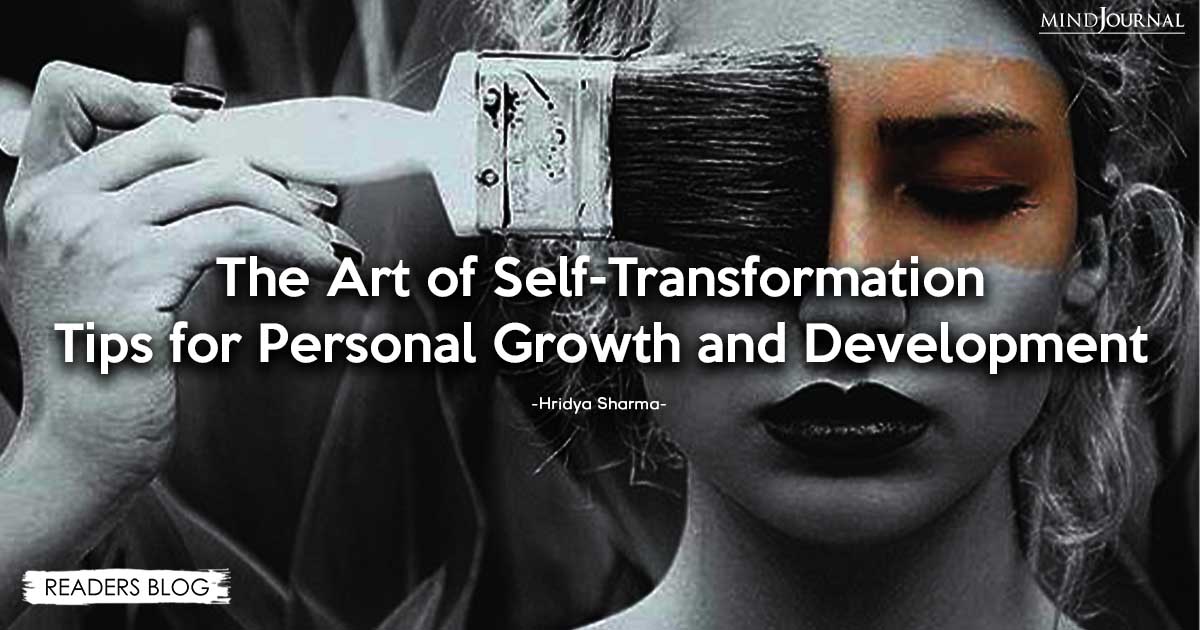Another little known fact about Shakespeare’s life is that he is the bespoke ‘Father of the Actors Guild’. Historical evidence show how prior to his construction of ‘The Globe’ actors were akin to travelling Minstrels who barely made a living from practicing their art. It was a state of affairs that Shakespeare vehemently opposed and endeavored to change by creating a permanent troop of actors, all of whom were payed a living wage, and establishing a physical structructure, a theatre called ‘The Globe’ to serve as a permanent home for the performing arts.
The Globe Theatre was constructed to the William Shakespeare’s exacting specifications and most of the plays he wrote was purposely written to be performed on a stage that he designed himself.
Unlike any theatres presently in use ‘The Globe’ allow for dedicating specific performances to selected audiences. While most of these sub-scripts are sadly lost to current versions of his plays, what presently remain of Shakespeare’s original plays are reconstructed storylines without any regard to the side acts that were considered to be an integral part of the performances that Shakespeare staged on the playground of his self-realized imagination.
Widely acknowledged as the best playwright there ever was, few people are aware that Shakespeare staged his plays to three different points of view. One directed at the officials, noblemen and gentry which were seated above the stage looking down on the performance, another for full paying patrons who were positioned such that they could see the stage in its entirety, and one for the poor and destitute who paid a pittance for standing room only around the foot of the stage. The seating arrangement provided Shakespeare with three different platforms where each stage play a part in the telling of his tale. One that would only be visible in its entirety by the full paying patrons sitting across from the stage.
‘The Pit’ was the colloquial way of referring to the ‘standing-room-only’ space appropriated for the poor and destitute and it afforded Shakespeare with a platform of social criticism where he openly expressed his dismay at the social inequities rife during his day. Out of earshot of any of the seated patrons, the actors that perused the edge of the stage provided the rowdy crowds gathered round with varied eyewitness accounts of what was happening out of their line of sight. These story lines were tailor-made performances with scaling social commentary that ridiculed the vulgar habits of nobility, and poked fun at the exorbitant practices of both England and France’s fabulous, rich and famous, and Shakespeare conspired their raucus and obnoxious response to coincide to dramatic effect with whatever else was happening on the wider stage.
Whereas some of the performances were obscured from the birds eye view of officials and esteemed members of the court seated above the stage, there were various scenes that Shakespeare reportedly wrote that he specifically tailored for the ‘privileged’ audience looming above the actors. Examples of these purposely directed performances still exist in the plays as we know them today, and the soliloquies of Lady Macbeth (out damn spot) and Hamlet (poor Yorik) and the death scene of Romeo and Juliet are generally considered as likely examples of scripted performances directly aimed at this highly selective segment of the attending audience.
The only perspective provided with a unobstructed point of view of the drama unfolding was afforded to the ‘Patrons of the Art’ as Shakespeare referred to the paying members of the audience. For all intent and practical purpose the current plays attributed to Shakespeare are mere fragments of his genius given the limitations of penning his multilayered performances to a single perspective the plays as they are known today is the only way of relating the convoluted story lines construed by the legendary Bard and his troop.
In addition the multilayered nature of the performances Shakespeare staged at ‘The Globe’ is undoubtedly responsible for the persistent allegations of dubious authorship, but perfectly plausible if we mind that none of his plays were written by Shakespeare himself. What we consider today as the literary work attributed to ‘The Bard’ is in fact only the reconstituted scripts of various actors who performed the different parts in his respective plays.
By all accounts and available evidence the life of William Shakespeare exemplifies that of a true genius and master of the arts. One whose accomplishments are unrivaled, and though his body of work are mere fragments of his craft remain worthy of their renowned reputation as literary masterpieces that stand the test of time. The quintessential penmanship of a man we colloquially know as ‘The Bard’.








Leave a Reply
You must be logged in to post a comment.